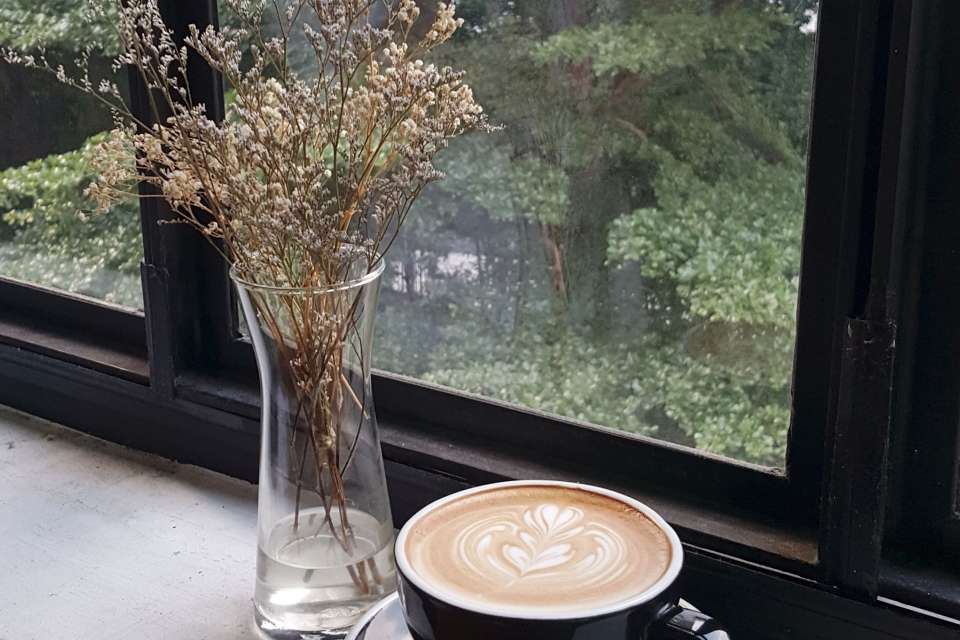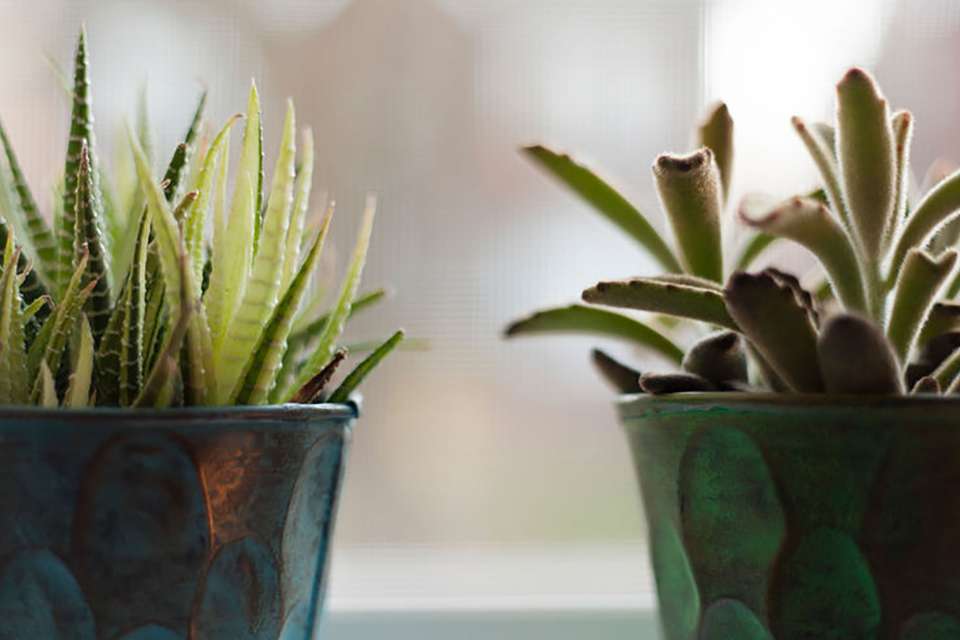
One hundred and fifty years ago, a physician named Thomas Kirkbride became famous for his idea that beautiful spaces could help the mentally ill find peace and, eventually, healing. He wrote a book about this philosophy, which eventually became a manual for the design of hundreds of ornate, palace-like psychiatric institutions built all over the United States.
Today, these hospitals are mostly run-down or gone, but Kirkbride’s ideas remain important for modern-day Americans: Research suggests that the spaces we live in can affect how healthy and happy we feel.
This applies to your home, too. We all need personal spaces where we can decompress.
“Think creatively about how to find a space that’s yours,” recommends Brenna Renn, Ph.D., a licensed clinical psychologist and acting assistant professor in the Department of Psychiatry and Behavioral Sciences at University of Washington. “It can be a chronic stressor to not have a place to de-stress, and even chronic low-level stress can lead to other health issues. Creating an intentional space for yourself is a preventive health measure.”
Here are a few ways to get started with designing an intentionally healthy home, no matter where you live.

Focus on natural light
Daylight impacts physical and mental health, stress, performance and satisfaction. This is because your circadian rhythms (which help regulate your sleep and wake cycles) depend on exposure to light. Exposure to daylight during our waking hours also helps us sleep better at night, which can improve our mood and make us more productive.
How can you bring more daylight into your home? Keep your window curtains open and shades up for as long as possible to let light into your home. Position your desk and home lounge areas around light-filled parts of your house and hang lighter curtains rather than heavy ones.
“Early morning light is the most beneficial for mood,” says Renn, “so try to get exposure to light when you first wake up.”
“Also avoid artificial blue light,” suggests Heather Burpee, a research associate professor at the University of Washington Integrated Design Lab. Computer, tablet and smartphone screens often emit blue light that can disrupt your circadian rhythm and make it hard to go to sleep. So stop looking at your phone and laptop screens an hour or so before you go to bed.
Sort your clutter
Clutter is like visual static, says Renn. “It’s like listening to the radio between stations. You can tune it out but it’s there gnawing at you.”
Renn suggests looking at all of the surfaces in your home and taking inventory of where you want to start. Tackle your clutter in little pieces: First one countertop, then your desk, then maybe the first area you see when you walk in the door. Clearing this visual static can have enormous effects on your well-being, says Renn.
Renn also suggests eliminating clutter by using the “touch everything once” method: If something comes into your house, give it an immediate home. Junk mail goes in one bin. Garbage goes in another. Don’t allow yourself to put items down at entry points; this will help cut down on clutter depositories.
Renn does have one caution: Though practices promoted by the decluttering guru Marie Kondo in her bestselling book The Life-Changing Magic of Tidying Up are very trendy at the moment, it’s important to recognize that there’s a spectrum over which people find comfort.
“I don’t know that it’s realistic for everyone to have no clutter. Instead, find what is most meaningful to you and think about what would make the biggest difference in your life. Seeing a free kitchen table? Work toward that,” Renn says.

Bring in the plants
Biophilia is the idea that humans gravitate toward nature and other forms of life. Seeing nature can affect our mental health in a positive way. Several studies suggest that just three to five minutes spent looking at views with trees, flowers and water can help to reduce anger and depression.
If you don’t have good nature views in your city home, consider bringing in plants.
“Bringing in plants can help to mimic exposure to outdoors,” says Renn.
Pay attention to air quality
Speaking of air quality, Burpee says that sometimes the materials used to make buildings and appliances can put off nasty chemicals like neurotoxins and carcinogens. Additionally, older Seattle buildings may also have mold, which can cause heightened asthma and allergy risks.
While you may not know what materials you’re dealing with in the air at home, you can improve your air quality by setting up an air purifier and keeping your windows open as often as possible. Also shop for products with clean labels; stay away from nasty chemicals like formaldehyde.
Reduce background noise
“High background noise can cause a lot of stress,” says Burpee. She suggests scanning your home for louder appliances, like fans that rattle consistently; consider replacing these items.
You can also purchase “white noise” generating devices that can cover the sounds of outdoor construction (all too common in Seattle) with less distracting sounds.
If you live in a city and find noise to be relatively unavoidable, make an effort to get out of the city every so often to find some serenity.
Take small steps
“Don’t approach this with an all-or-nothing mentality,” says Renn. “If you do, you’ll likely get burned out and overwhelmed. Then you’ll feel worse than you did coming into it.”
Instead, make a healthy home game plan that breaks improvements down into specific tasks that are time-limited. Spend 45 minutes or an hour on one small part of your healthy remodel and you’ll feel accomplished, healthy and productive rather than burned out.

 Healthy ideas for your inbox
Healthy ideas for your inbox





